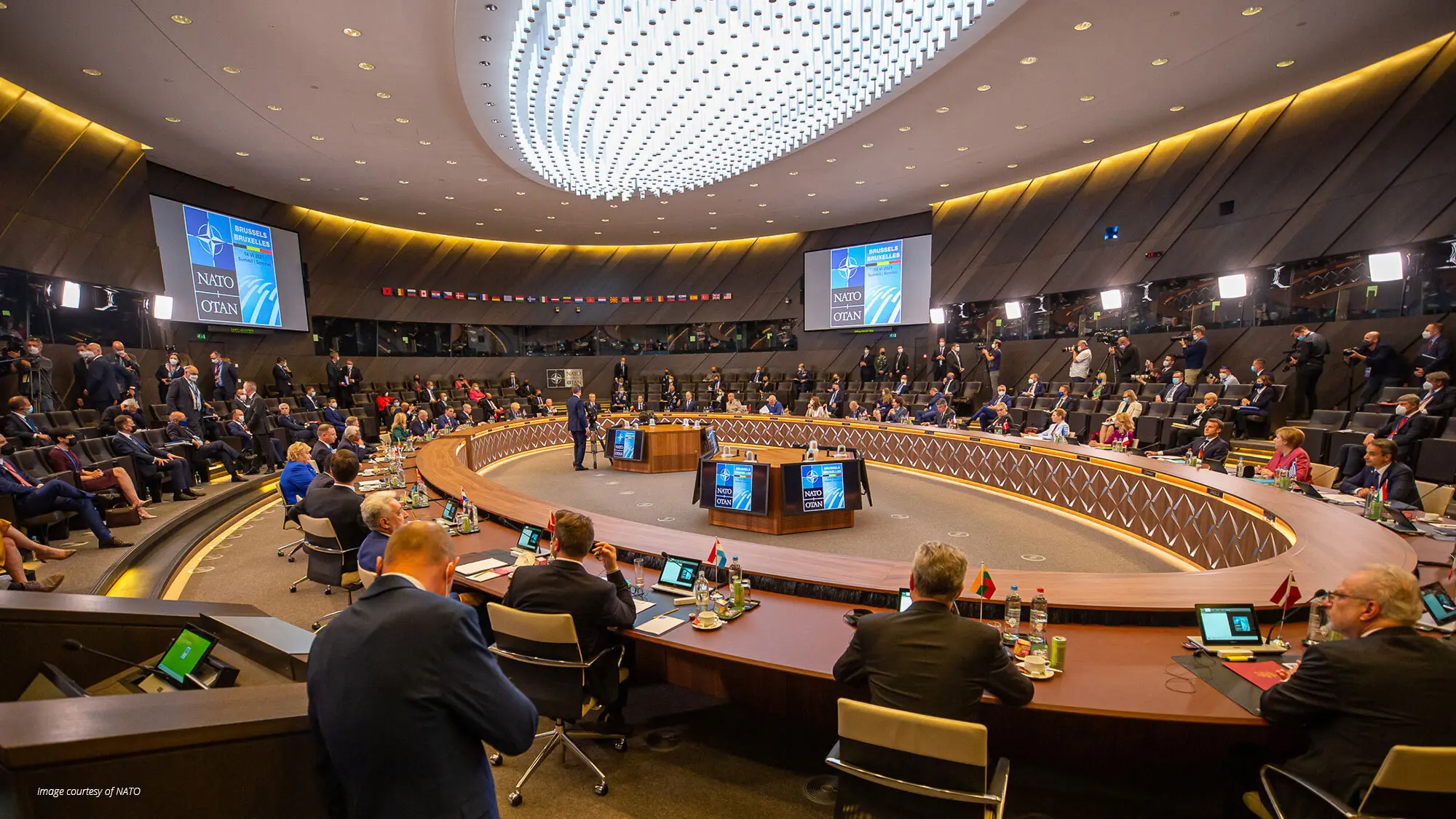



Today’s rapidly changing global environment brings significant challenges for the international community, as individual countries and groups of countries face new security risks which threatens their economy, security, growth, and peace. Recent events such as cyberattacks, international terrorism, and attacks on foreign diplomats have heightened the need for governments to better evaluate threats and coordinate between countries to improve national and international security.
The CAE Single Synthetic Environment (SSE) provides a digital ecosystem that replicates individual countries, regions, or areas of interest at vast scale and complexity in-support of diplomatic activities. It can facilitate intelligence gathering; analysis of the key influencers, economy, critical infrastructure, patterns of life, and resources; and provide decision-making support and planning, tracking and analysing trends over time. All analysis and information exchanges take place within a resilient, data secured and cyber protected digital ecosystem.
The digital ecosystem is ideal for: